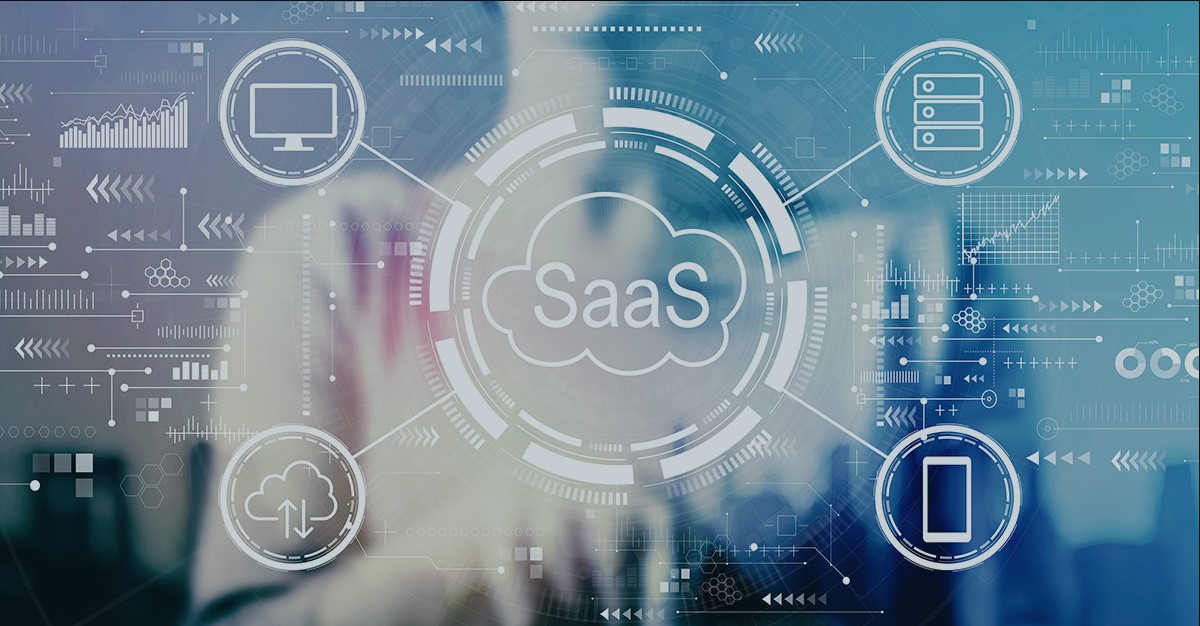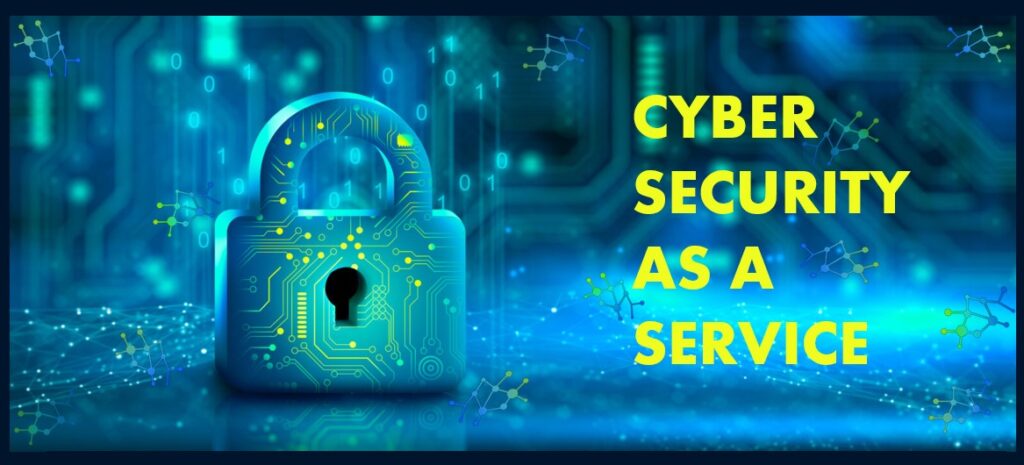SaaS Data and Recovery: Ensuring Security and Resilience
September 6, 2024

Software-as-a-Service (SaaS) solutions have revolutionized how businesses operate, offering convenience, scalability, and cost-efficiency. However, as organizations increasingly rely on SaaS applications for critical functions like CRM, collaboration, and finance, ensuring the security and recoverability of SaaS data has become paramount. This blog explores the current landscape of SaaS data security and recovery strategies to help businesses navigate these challenges effectively.
Challenges in SaaS Data Security
- Data Breaches and Unauthorized Access:
- SaaS applications store vast amounts of sensitive data in the cloud, making them attractive targets for cybercriminals.
- Unauthorized access due to weak passwords, compromised accounts, or misconfigurations can lead to data breaches.
- Data Loss Due to User Error:
- Accidental deletion or modification of data by users can result in irrecoverable loss if not addressed promptly.
- Lack of proper data retention policies and version control mechanisms can exacerbate these risks.
- Compliance and Regulatory Concerns:
- SaaS data often includes personally identifiable information (PII) and must comply with data protection regulations such as GDPR, CCPA, and HIPAA.
- Ensuring data sovereignty and encryption to protect data both in transit and at rest is crucial for regulatory compliance.
Strategies for SaaS Data Recovery
- Backup and Restore Capabilities:
- Regular Backups: Implement automated backup solutions provided by SaaS vendors or third-party backup providers to create snapshots of data at regular intervals.
- Point-in-Time Recovery: Ensure the ability to restore data to specific points in time to mitigate the impact of data corruption or deletion incidents.
- Data Retention Policies and Version Control:
- Define and enforce policies for data retention and versioning to maintain historical data integrity and facilitate recovery.
- Implement mechanisms for tracking changes made to data and restoring previous versions if necessary.
- Encryption and Access Controls:
- Utilize strong encryption methods (e.g., AES-256) to protect data stored in SaaS applications and ensure that encryption keys are managed securely.
- Implement granular access controls to limit who can access, modify, or delete sensitive data within SaaS platforms.
- Incident Response and Contingency Planning:
- Develop and regularly update an incident response plan specifically addressing SaaS data breaches or disruptions.
- Test the plan through simulations to ensure readiness and effectiveness in mitigating and recovering from SaaS-related incidents.

Emerging Trends and Best Practices
- Multi-SaaS Integration and Orchestration:
- Adopt platforms that offer centralized management and orchestration of multiple SaaS applications to streamline data governance and security policies.
- Ensure interoperability and data portability between different SaaS solutions to facilitate seamless data recovery and migration.
- AI and Machine Learning for Threat Detection:
- Leverage AI-driven analytics and machine learning algorithms to detect anomalies and potential security threats within SaaS environments proactively.
- Implement automated responses to mitigate risks and enhance incident response capabilities.
- Continuous Monitoring and Compliance Audits:
- Implement robust monitoring tools to continuously monitor SaaS environments for unauthorized access attempts, data exfiltration, or anomalies.
- Conduct regular compliance audits to ensure adherence to data protection regulations and industry standards.
Ensuring the security and recoverability of SaaS data requires a proactive approach that combines robust security measures, comprehensive backup strategies, and effective incident response protocols. By understanding the challenges, implementing best practices, and staying abreast of emerging trends in SaaS data management, organizations can safeguard their critical information assets and maintain business continuity in an increasingly digital and interconnected world. Remember, investing in SaaS data security and recovery is not just about compliance—it’s about protecting your organization’s reputation, customer trust, and long-term viability in today’s competitive landscape.
Have Any Question?
Call or email Cocha. We can help with your cybersecurity needs!
- (281) 607-0616
- info@cochatechnology.com




